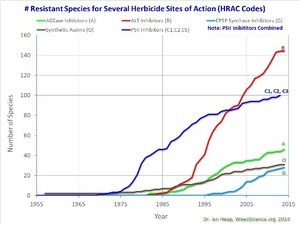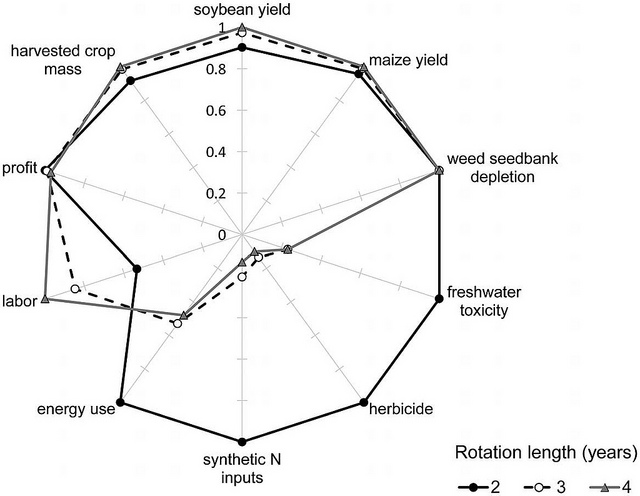It seems that reforestation and land restoration
produces twice as many jobs as biomass and nine times as many as nuclear.
 Nor does any of this have to adversely affect the Georgia lumber industry.
It’s well established that the currently popular method of clearcutting
isn’t the only way. Pine forests can be managed profitably
via selective logging;
here’s
more about that.
Nor does any of this have to adversely affect the Georgia lumber industry.
It’s well established that the currently popular method of clearcutting
isn’t the only way. Pine forests can be managed profitably
via selective logging;
here’s
more about that.
That permits the forest to remain a forest, with native vegetation,
wildlife, hunting, recreation, flood control, etc., all for more
forests than we have now.
Plus carbon sequestration credits.
Cotton farmers might like growing trees better under such economic conditions.
All this is shovel-ready for stimulus. There’s no new technolgy
to develop for forest planting or management. Just implement
carbon-sequestration credits for ongoing sustainability, and perhaps
use stimulus funding to speed planting trees.
 With GM crops come herbicides, which breed resistant weeds.
This has happened in about a decade for the worse mutants.
We can reverse the problem by reversing the spraying,
using plowing, cultivation, and crop rotation instead.
With GM crops come herbicides, which breed resistant weeds.
This has happened in about a decade for the worse mutants.
We can reverse the problem by reversing the spraying,
using plowing, cultivation, and crop rotation instead.





